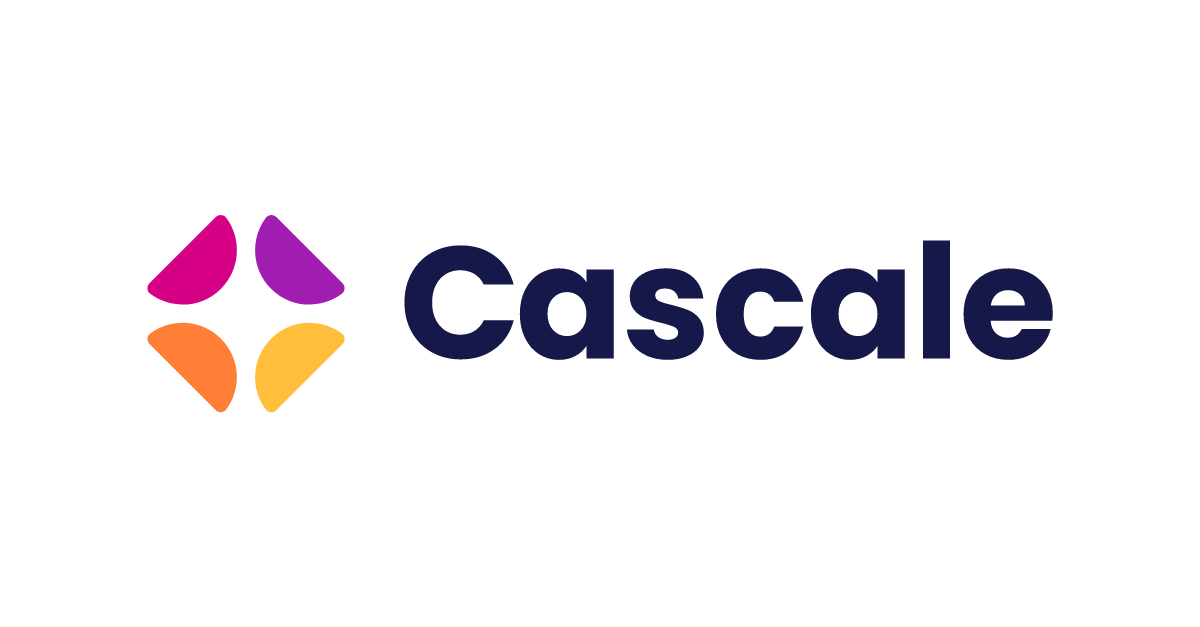Guide to Better Buying’s 7 Purchasing Practices for Decent Work
Do you know Better Buying’s seven key purchasing practices? Read Lindsay Wright’s latest blog to re-familiarize yourself ahead of the upcoming Better Buying Purchasing Practices Index (BBPPI) report 2025.

Poor purchasing practices place risks on both suppliers and workers, leaving global brands vulnerable to human rights violations in their supply chains. To combat this and help drive responsible purchasing practices across the industry, Cascale Better Buying collects anonymous data from suppliers on the purchasing practices of their brands and retailers, and publishes aggregated findings from these surveys twice a year, via two index reports.
Intro to Purchasing Practices, Better Buying
The first report is the Better Buying Partnership Index (BBPI) which Better Buying publishes in February and the second, larger report is the Better Buying Purchasing Practices Index (BBPPI), which we publish in October. For the BBPPI, we focus our reporting efforts on seven key categories that suppliers report are the biggest challenges in providing decent work and wages. These data and insights are fed back to those buyers, highlighting the strengths and weaknesses in their purchasing practices, so they can begin their journey towards improvement.
Ahead of the publication of the BBPPI 2025, here’s a quick breakdown of those seven categories:
- Purchasing Practice #1: Planning and Forecasting measures the visibility buyers provide suppliers into ordering plans. This category also measures the accuracy of the buyer company’s planned production with suppliers as compared with the orders they actually place.
- Purchasing Practice #2: Design and Development captures the extent buyers are late or inaccurate in providing necessary technical details about products to be sampled or put into production. This category also looks at how often suppliers receive orders for products they develop.
- Purchasing Practice #3: Cost and Cost Negotiation captures whether suppliers receive sufficient funds to meet all the buyer’s expectations when production has been completed. This includes costs of all design details and the cost of compensation for workers that meet buyer codes of conduct and legal requirements.
- Purchasing Practice #4: Sourcing and Order Placement considers two topics – whether supplier compliance to codes of conduct is incentivized, and how fluctuation affects month to month order volumes.
- Purchasing Practice #5: Payment and Terms measures whether suppliers are paid on time and at the price agreed in the contract.
- Purchasing Practice #6: Management of the Purchasing Process looks at whether the time suppliers need for production is offered and then maintained during the process of developing products and bringing them to market.
- Purchasing Practice #7: Win-Win Sustainable Partnership includes the internal alignment of buyer staff on corporate social compliance goals and the buyer’s contribution to reducing industry-wide audit duplication.
Bonus: Soft Goods Versus Hard Goods
In our Better Buying reports, you will see us reference both soft goods and hard goods. Soft goods are consumer products made from flexible materials, primarily textiles and fabrics, that generally have a shorter lifespan than hard goods. Hard goods encompass durable, non-apparel products that have a slower consumption cycle, such as electronics, furniture, and appliances. Think of hard goods as the opposite of soft goods.
Now that you’ve had your Purchasing Practices 101, we remind you to stay connected and informed for our BBPPI 2025 report coming soon.

